More than 50 percent of assessed ports are associated with risk of labor abuse or IUU fishing
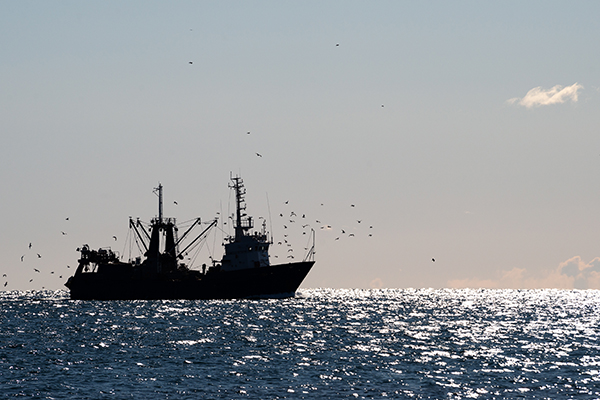
Monitoring the world’s fishing fleets for labor abuse and illegal fishing is a challenge, but new data could help companies and countries combat illegal, unreported and unregulated (IUU) fishing. Combining machine learning and human insights, a Stanford University-led research team has developed a new modeling approach to identify and map the regions and ports at highest risk for illicit practices (such as forced labor or illegal catch) as well as identify opportunities for mitigating such risks.
Overall, the findings indicate that labor abuse and IUU fishing are “globally pervasive.” According to the study, of more than 750 ports assessed around the world, more than half are associated with risk of labor abuse or IUU fishing. The paper, published in Nature Communications, points to two main risk factors: (1) the country that a vessel is registered to (also known as its “flag state”) and (2) the type of fishing gear the vessel carries on board. The results offer policymakers and regulators a set of vessel characteristics and regions to watch for when sourcing seafood.
“Surveillance on the high seas is innately challenging, so these data provide a critical first step in helping stakeholders understand where to look deeper,” said Elizabeth Selig, lead author and deputy director of the Stanford Center for Ocean Solutions. “We hope these findings can help to inform strategically expanded enforcement, focus development aid investments and increase traceability, ultimately lowering the chance that seafood associated with labor abuse or illegal fishing makes its way to market.”
The research team chose to assess risk – or the possibility that illegal activities might be happening in a specific area – rather than predict case numbers. An anonymous survey was distributed to experts from seafood companies, research institutions, human rights organizations and governments to help “quantify the degree of certainty around whether certain ports were correlated with either labor abuse or IUU fishing.”
Using machine learning, the team then combined survey responses with satellite-based vessel-tracking data curated by Global Fishing Watch to identify higher-risk regions associated with transshipment, where crew and catches are exchanged between vessels, and at sea.
“Major seafood companies are now able to understand where risks are greatest in order to help them meet their commitments to remove labor abuse and illegal fishing from their supply chains,” said Henrik Österblom, co-author and science director at the Stockholm Resilience Centre. “These results can help them confront these challenges.”
For fishing vessels, coastal regions off West Africa, Peru, the Azores, Argentina and the Falkland Islands had higher risks for labor abuse and IUU fishing. The model also revealed that vessels registered to countries that have poor control of corruption, vessels owned by countries other than the flag state and vessels registered to China have a higher risk of engaging in illegal activities. Chinese-flagged vessels, comprising the world’s largest fishing fleet, dominated the data and were thus analyzed separately. For transshipment, certain fishing gear types – like drifting longliners, set longliners, squid jiggers and trawlers – were found to be higher risk.
Bottom trawling linked to high greenhouse gas emissions in MPA-supporting study
The study also showed a strong presence of foreign-flagged vessels in fishing grounds thousands of miles away from where they bring their catch to port. This suggests that ports with weak monitoring standards can incentivize illegal activities far away, highlighting “the need for coordinated regional action.”
“Ports are one of the few places to identify and respond to labor abuse,” said Jessica Sparks, a fellow at the Stanford Center for Ocean Solutions and associate director at the University of Nottingham Rights Lab. “We need to ensure that policies and practices allow fishers to access trusted actors and services at port so they can safely report on their condition.”
Aside from revealing the global extent of these risks, the study also highlights potential pathways to reduce these risks through actions at port that detect and respond to labor abuse and deter the landing of illegally caught fish.
“Port state measures offer a lot of promise, but they need to be implemented effectively and, ideally comprehensively across regions, so that vessels cannot easily escape scrutiny by going to a port in a neighboring country,” said Selig. “We need regional ratification and effective implementation.”
Follow the Advocate on Twitter @GSA_Advocate
Now that you've reached the end of the article ...
… please consider supporting GSA’s mission to advance responsible seafood practices through education, advocacy and third-party assurances. The Advocate aims to document the evolution of responsible seafood practices and share the expansive knowledge of our vast network of contributors.
By becoming a Global Seafood Alliance member, you’re ensuring that all of the pre-competitive work we do through member benefits, resources and events can continue. Individual membership costs just $50 a year.
Not a GSA member? Join us.
Author
Tagged With
Related Posts
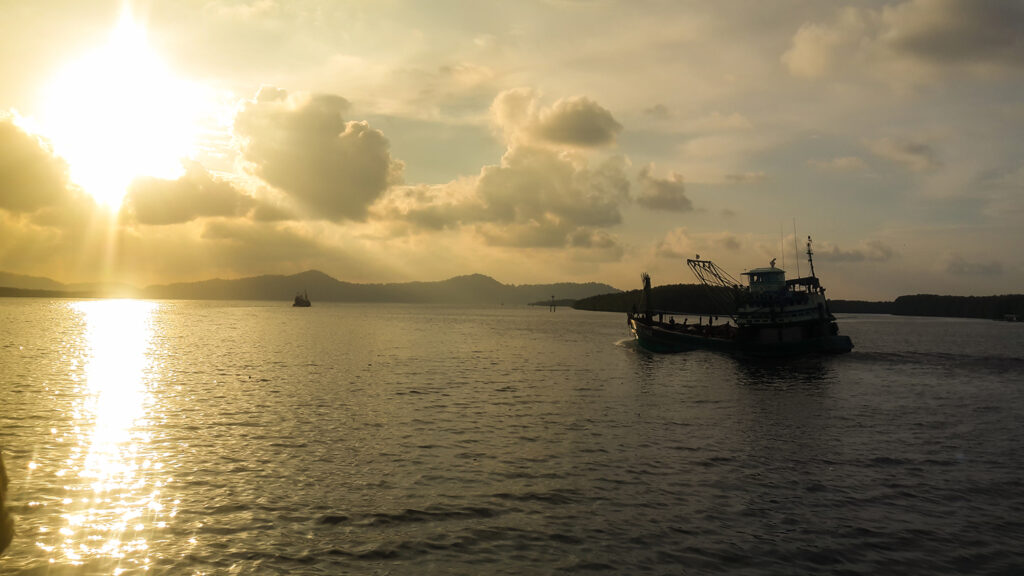
Fisheries
Can a data-sharing tool eliminate IUU fishing and make seafood supply chains more reliable?
The Sustainable Fisheries Partnership’s new data-sharing tool helps users identify environmental risks and eliminate IUU fishing in seafood supply chains.
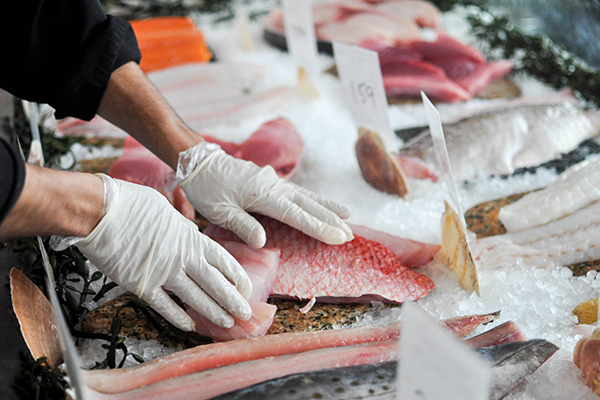
Intelligence
Suppliers, retailers and others call for improved seafood traceability standards in Canada
Grocery chains, seafood industry stakeholders and experts are calling for improved traceability standards for seafood sold in Canada.
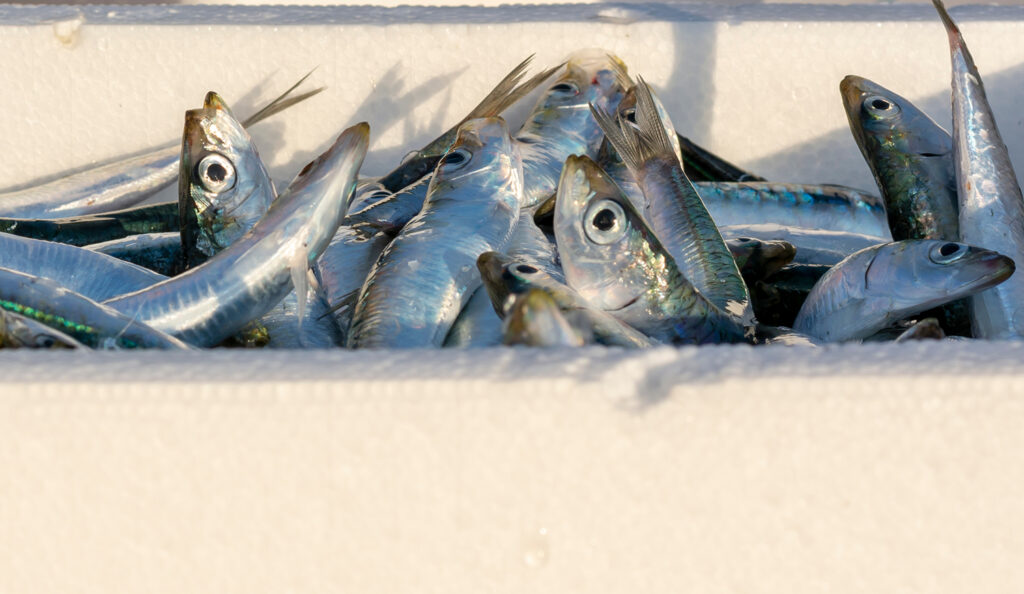
Intelligence
Will proposed FSMA traceability requirements secure or stress the seafood industry?
A proposed change to the Food Safety Modernization Act could improve traceability but be ‘burdensome’ for the seafood industry to implement.
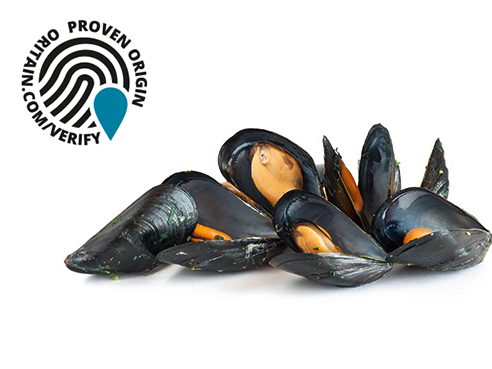
Intelligence
Can a ‘chemical fingerprint’ deter seafood fraud?
Because paper trails aren’t perfect, some food producers are going beyond written or digital records to prove their products’ authenticity and prevent economic fraud. Is farmed seafood a perfect fit for forensic-science traceability?



